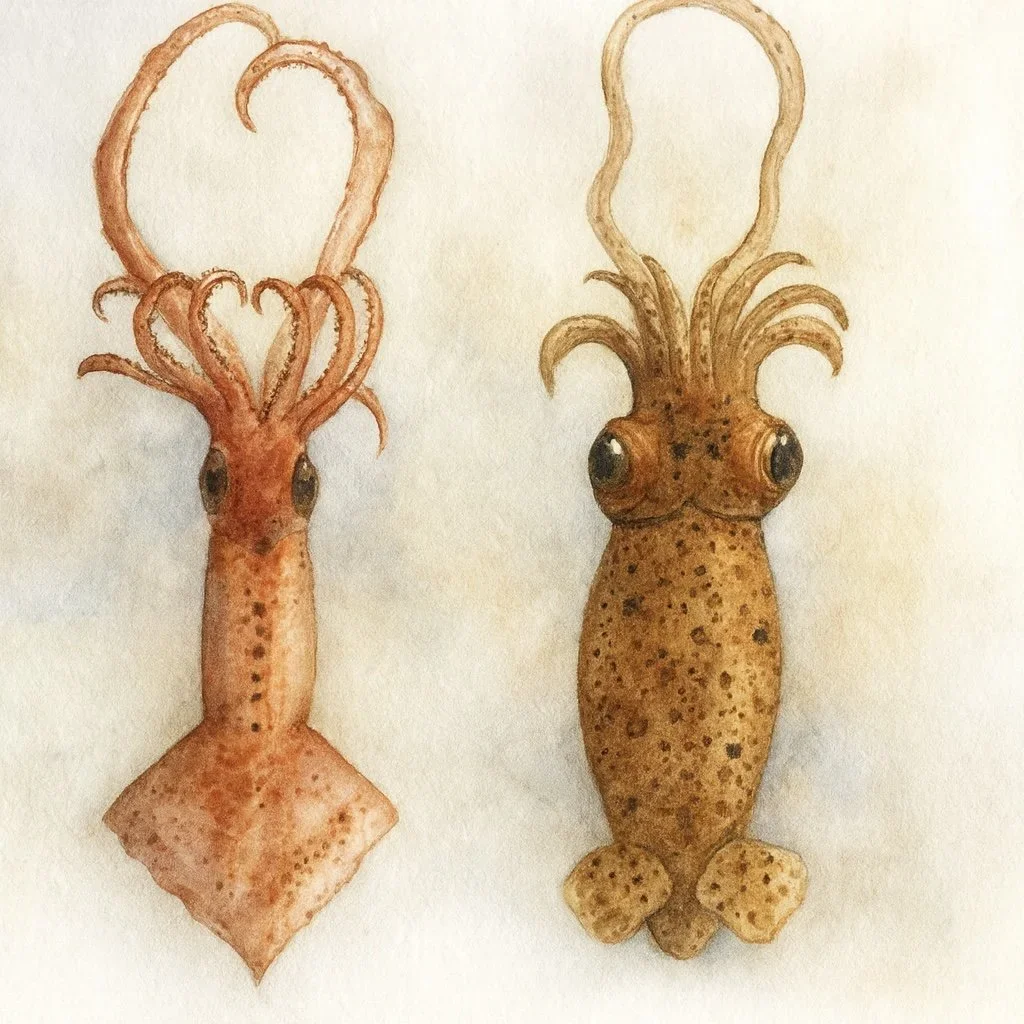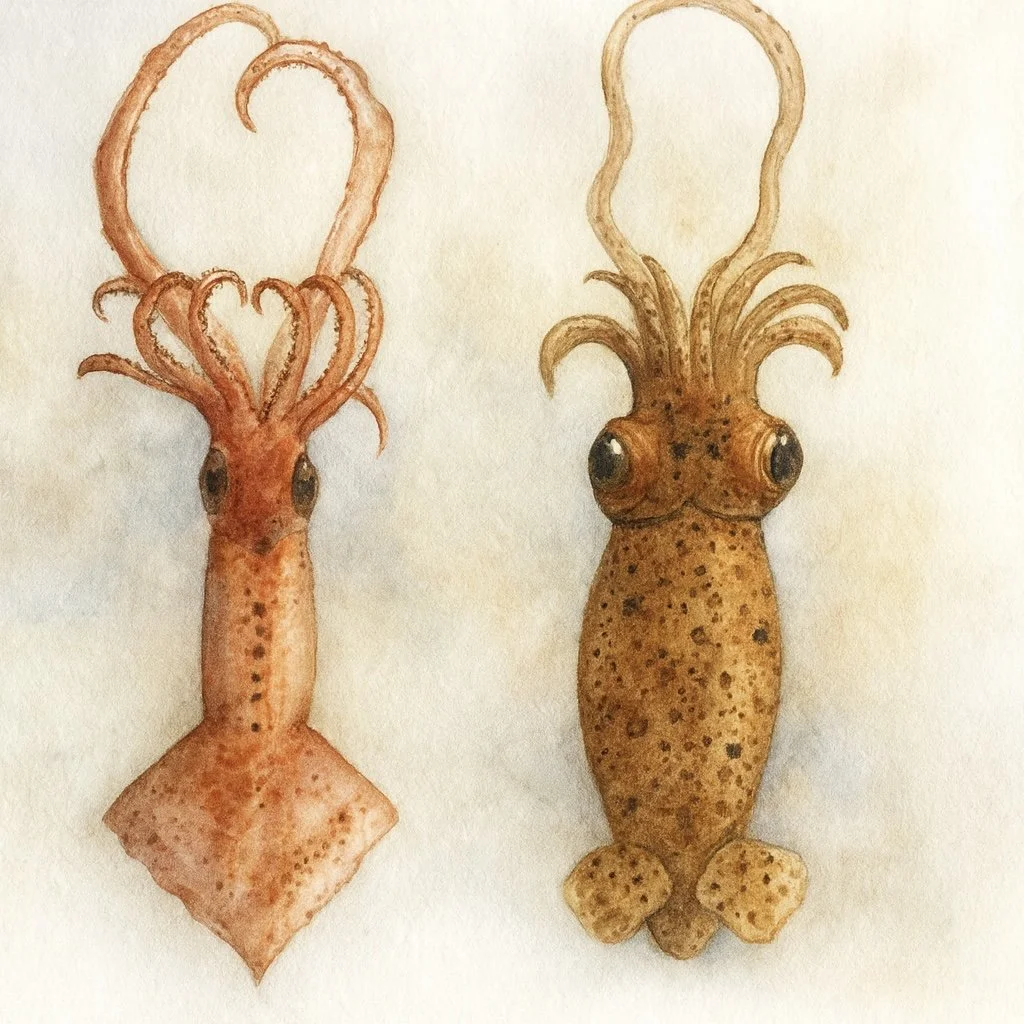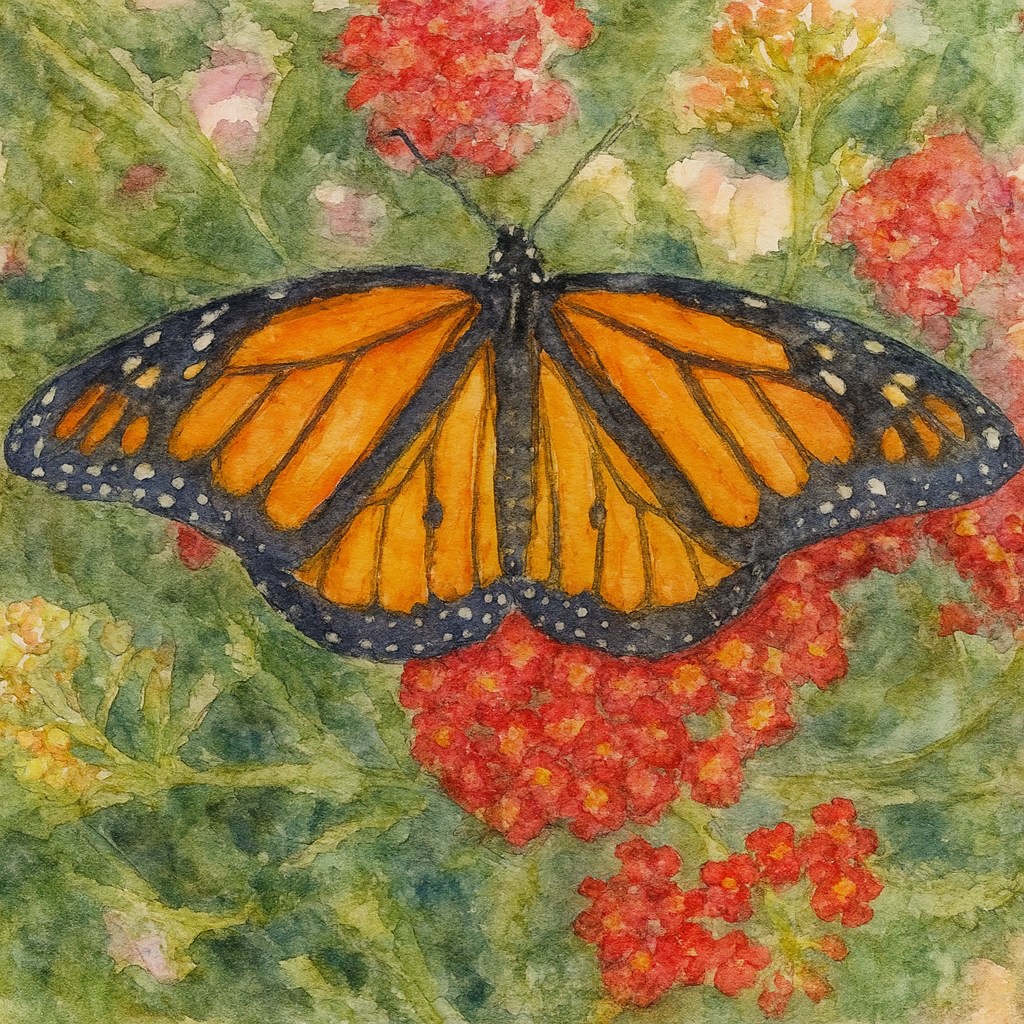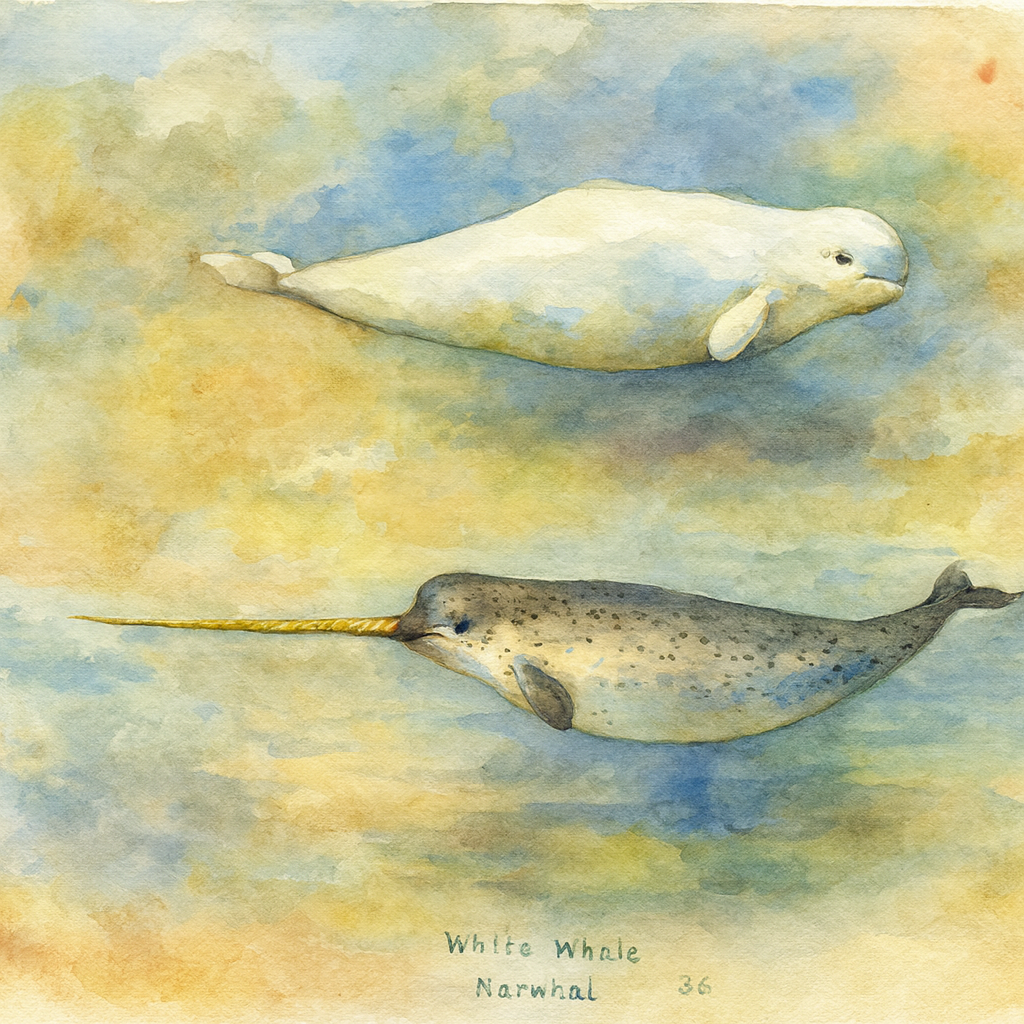
Zoology
Zoology
Zoology as a main lesson block is introduced in Grade 4 according to the Waldorf pedagogy. However, zoology has been woven into the nature stories since kindergarten. Through nature stories, young children have learned about the plant kingdom and the animal Kingdom. Grade 4 is the formal introduction of zoology with lessons covering specifically chosen animals that represent a part of the human being. According to the Waldorf pedagogy, the human being is a collection of all animal life. And when you look at each individual animal, you see of representation mirrored in the human, but not a complete picture.
One of my favorite lessons in all of the main lesson blocks is the first lesson in zoology. The first lesson does not talk about the animal kingdom. It talks about the human. We see the human as an upright person, with head, torso and limbs. But unlike the limbs of most animals, we only need two limbs to support ourselves. This leaves, our arms free for other work. And our arms and hands are free to give, to make the world better and for charity. I love the spiritual aspect of the first lesson in zoology and the concept of looking at the whole before examining the parts.
Examining the cuttlefish and octopus represent the head. These animals are all head. The entirety of their biological system is concentrated. Other animals like the eagle or the lion or the cow are introduced in a way that represent another aspect of the complete human being.
In our homeschool approach, we often departed from a main lesson block approach to focus on subject areas we had a unique interest in. The following unit studies do not support the Waldorf pedagogy, according to the indications for zoology. However, the unit studies in zoology for topics such as birds or bees, lend themselves very well for Nature sciences between kindergarten and grade 3.
In our Homeschool, we generally homeschooled with multiple ages and multiple children meaning that my unit studies appealed to a variety of ages. There were times when I had a fourth grader or a fifth grader doing the same unit study that my first grader or second grader. For this reason, I included other resources that would suit an older elementary student.
Zoology Unit Studies
-

Bees
Our Bees Unit Study is perfect for Grades 1-4 as it complements the Nature Sciences of the early years. A Unit Study meets the needs of multiple grades in a single unit by using various resources and providing an assortment of projects that children may do at their own level.
-
Butterflies
Unit Studies on plants and animals (or insects) children see often is a great way to introduce a nature science to young elementary students. The study of butterflies delights children and watching them go through their metamorphic process is thrilling.
-

Birds
While, we tend to follow the Waldorf pedagogy, there are times I put together a unit study rather than a Main Lesson Block. A unit study is a concentration on a single subject for a short period of time. This Unit Study on Birds includes hands-on activities and plenty of picture books.
-

Reptiles
This unit emerged and faded several times over the years before I finally collected our resources to put together a unit study. The projects are drawn from other units as very little was organized specifically for this unit which inspired a unit on Dinosaurs and evolution.
-
Sea Turtles
When doing our Ocean Main Lesson block, we were inspired by the several other topics that would be their own months long unit. Sea Turtles appealed to us as we have visited Hawaii and swam amongst sea turtles. This unit is a mini unit lasting about a week or two. The resources are easily covered in a couple days but the projects take longer.
-

Ocean
The Ocean Main Lesson block is an opportunity to dive into the ocean and explore above and below. This block centers around the California coast primarily, but takes on a broader historical aspect as well. Smaller blocks on Whales, Turtles and more are included within the larger block.
-
Whales
Our Whales unit is another mini unit inspired by a larger unit: Ocean. However, sometimes it’s a book or project that inspires a unit as well. Some of the resources for this unit were ones I’d see other homeschoolers use and found them inspiring and thus a mini unit on Whales emerged.
-

Horses
On occasion, a child of mine will have a specific interest that warrants a specific unit study. The study of horses is one just unit study. My daughter become enthralled with horses and horseback riding, so I put together a unit to serve her interests as well as serve an older student with a variety of resources including historical for my older son.
-
Owls
A unit study can be as broad or as specific as you would like it to be. While doing our unit study, we departed to do a smaller owl unit study. In part I was inspired by resources I had seen other homeschoolers using and was excited to include that into our bird unit. Once we included those resources into our bird unit, I realize that we had created a mini Owl unit.





